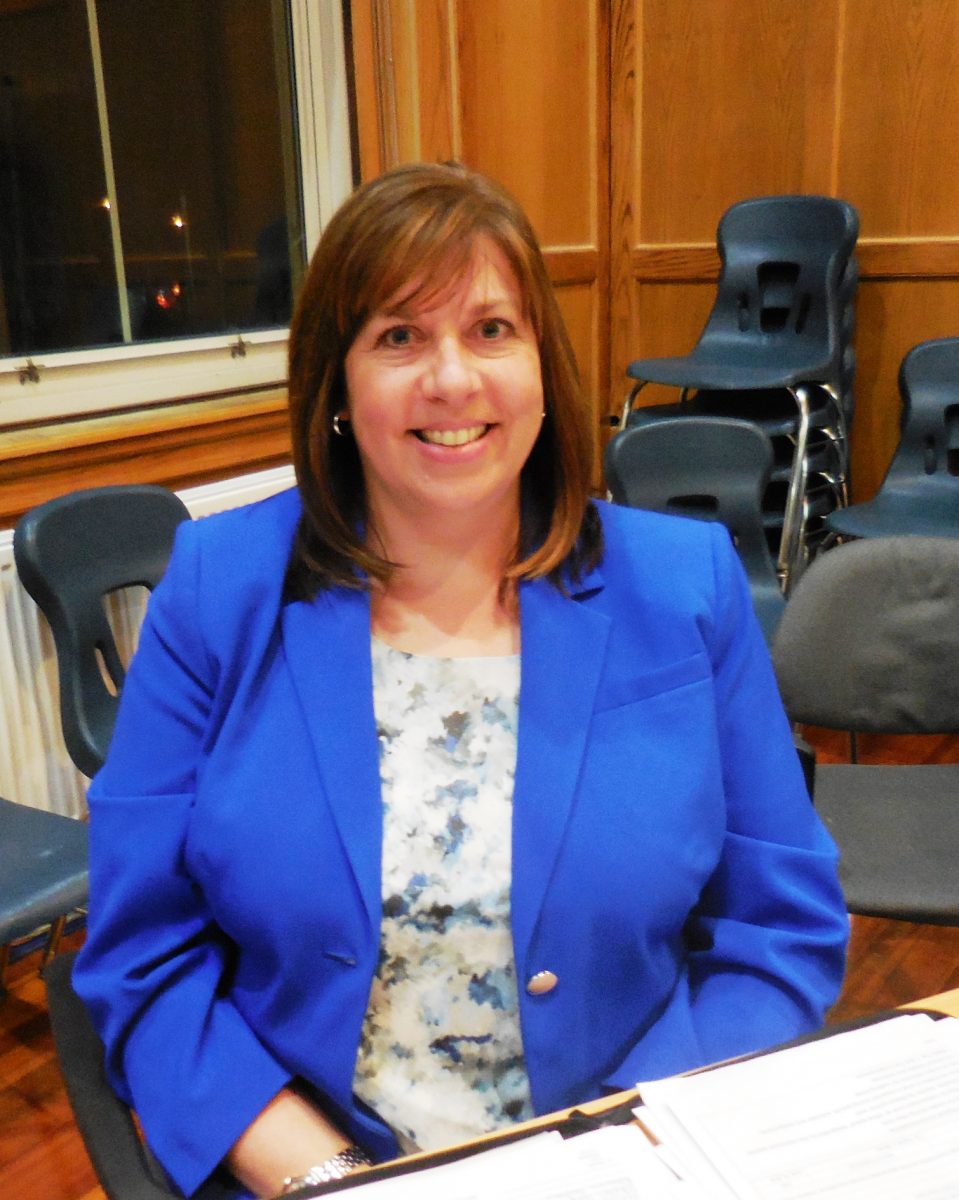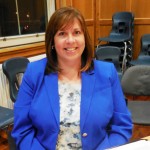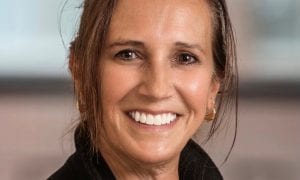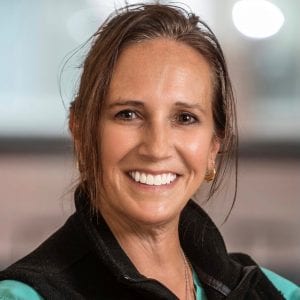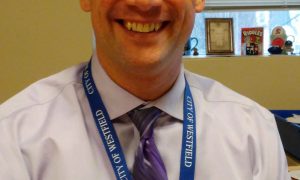WESTFIELD – Susan Dargie, director of curriculum and instruction, gave an update to the School Committee on Feb. 22 on teaching materials and the status of learning in Westfield Public Schools.
“One of our main goals this year was to get print materials into the hands of our students,” Dargie said. She said 1,200 remote students are not having access to libraries, and hybrid students didn’t have the same kind of access. She said through a school reopening grant, the district has been able to purchase a number of texts for students in K-12.
The district is also able to use the i-Ready Reading diagnostic system to assess where students are, and if they need intervention. She said they are able to assess all of the students three times a year using the software. She said the reading program also has a supplemental program that personalizes learning for students.
The bad news for Westfield is that the i-Ready Literacy program for students in K-5 has been retired by the publisher at a time when a new math curriculum has just been introduced, Dargie said.
“The literacy program is K-5 level; these are teachers learning a new math curriculum this year. The K-4 teachers have to have some breathing room to not have everything be new. We would not commit to a new program without a process and input from teachers,” she said.
“We weren’t informed of this ahead of time. We were able to get it back through the end of the year because we weren’t informed. We need to think about what are our teachers using, which aspects do we need to replace, rather than a whole program. Our goal is to give teachers the materials they need but not overwhelm at a time when so much else is happening,” she said.
Dargie said the reading curriculum, Reading Street, has been around for a number of years. “We’re not in love with it,” she said, but added that the digital materials are more in use and necessary right now. She said they are considering continuing to use print and other digital materials for the time being.
In Math, the district implemented new curriculum programs with ongoing professional development for teachers; Ready Classroom Math (K-6), and McGraw Hill Reveal (7-12). “Year one is the real work. Teachers are learning the new program along with students in hybrid and remote environments,” Dargie said. She said they have been able to buy new white boards, calculators and other math supplies with the school reopening grant. She also said the math curriculum has the same diagnostic map assessment as reading
For science, technology and engineering, the district is undergoing the curriculum renewal process that began last year in math. For science, they are looking at individual units rather than an across-the-board curriculum.
Dargie also reported that the recent high school Science Fair was a success and adapted with “”equity in mind,” as students could submit either a project or a proposal. She said there were 147 video submissions, “some fabulous projects and proposals,” that were scored by science teachers.
“Science is one area with a lot of grants for curriculum. We apply for any and all that we can in curriculum instruction materials,” Dargie said. She said the high school also expanded its biomedical and engineering pathways this year. “We have increased enrollment in those pathways as well,” she said.
In social studies, Dargie said this is the year for implementation of the civics project required by legislation (Chapter 298 of the Acts of 2018). She said civics is offered in grade 8, and U.S. history 1 in grade 9, along with professional development.
Dargie said the district is also excited about a project by the Historical Commission of virtual historical tours that have been shared with teachers. She said they are talking about developing accompanying written materials. One of the video tours is of the Dewey House, with which the district has had a decades-long standing field trip. “Now students will still be able to have that experience virtually,” she said.
Dargie said the special subjects, especially music, art, physical education and world languages will benefit from school reopening. She said the lead teachers are meeting with their departments to talk about their particular strategies and tools. Music teachers use SmartMusic Software, which allows instrumental and vocal students to practice remotely.
“Professional development is a critical element to our work. We are ever evolving, even before the pandemic. We learn from each other – there is such expertise within our district. So much to learn, working together in our professional learning communities to support this work,” Dargie said.
Dargie said every educator meets with smaller groups on their content type, led by assistant principals, supervisors, instructional coaches, and lead teachers. The facilitators are modeling new technology for hybrid and remote students. She said they also began a curriculum corner newsletter this past March, which gives tips and tools, also on social emotional learning.
Trauma Informed Practices is also being provided by MassMentoring, which is helping teachers to understand trauma and what it does to students physically and emotionally.
Committee member Cindy Sullivan asked Dargie how all of this learning with technology and zoom meetings will help teachers with professional development in moving forward.
“Those are the kinds of conversations that we’re having,” Dargie said. “We are looking at students who are thriving with what is happening. We need to be very thoughtful to keep those things in place, and continue to find that balance keeping traditional models that really work for students, and looking to the future and the things that address their needs.”
Dargie said social and emotional learning will be a strong focus moving forward for the many many students who are struggling with academic and other things as well. “We are looking at all those things and making plans,” she said.
Sullivan said she was wondering how it’s going to enhance education with all the technology they’ve learned. “Just simply collaboration and professional development. I don’t know if that happened a lot before with time constraints and the building being a barrier, and now it’s not.”
“I attended a national conference in San Diego last year, that I wouldn’t have been able to attend. Teachers say they are communicating with parents more than they ever have,” Dargie said.

